Al Capone’s Luxurious Life Behind Bars At Alcatraz
Discover the enigmatic tale of Al Capone, the notorious gangster whose reign of crime captivated an era.
Delve into his extravagant lifestyle, even amidst the harsh confines of Alcatraz, where luxury seemingly knew no bounds. Keep reading to learn more about this infamous man’s time in prison!
Alphonse Gabriel Capone
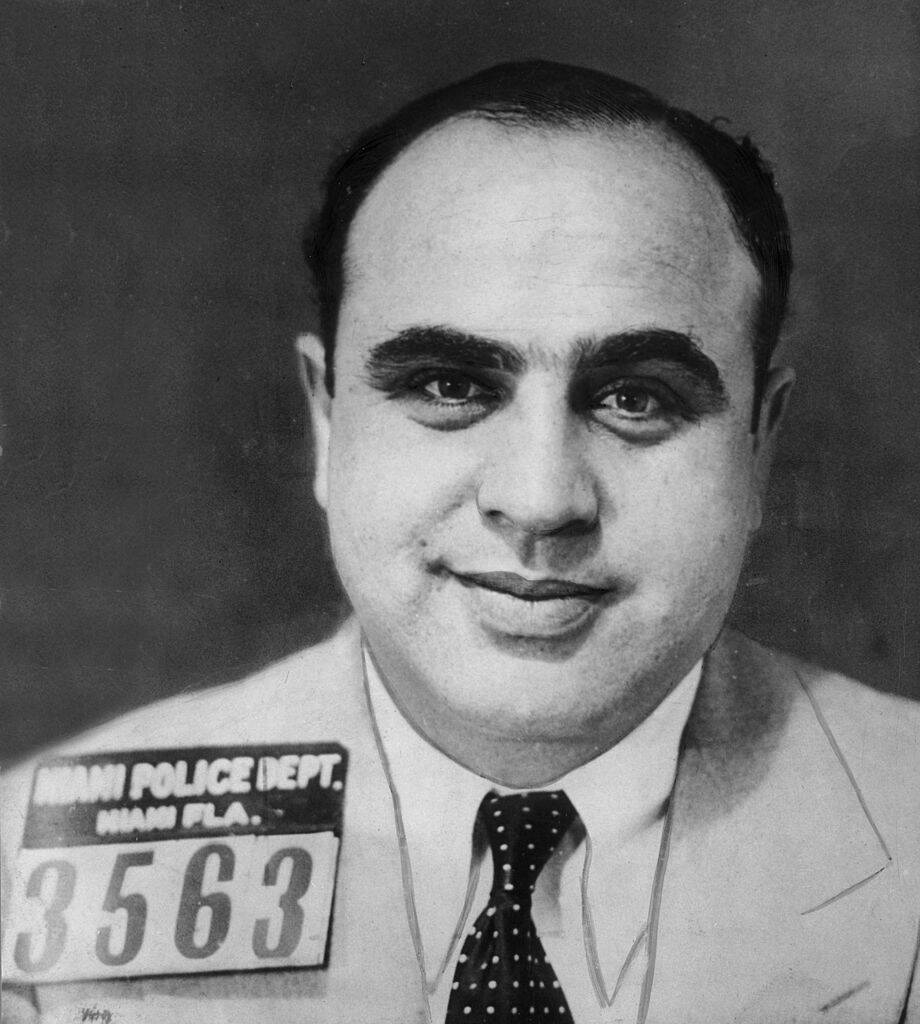
Al Capone, born on January 17, 1899, in Brooklyn, New York, grew up in a tough neighborhood.
His childhood experiences shaped him into the notorious gangster he would become as he navigated the streets, honing the skills that would later define his criminal empire.
Five Points Gang
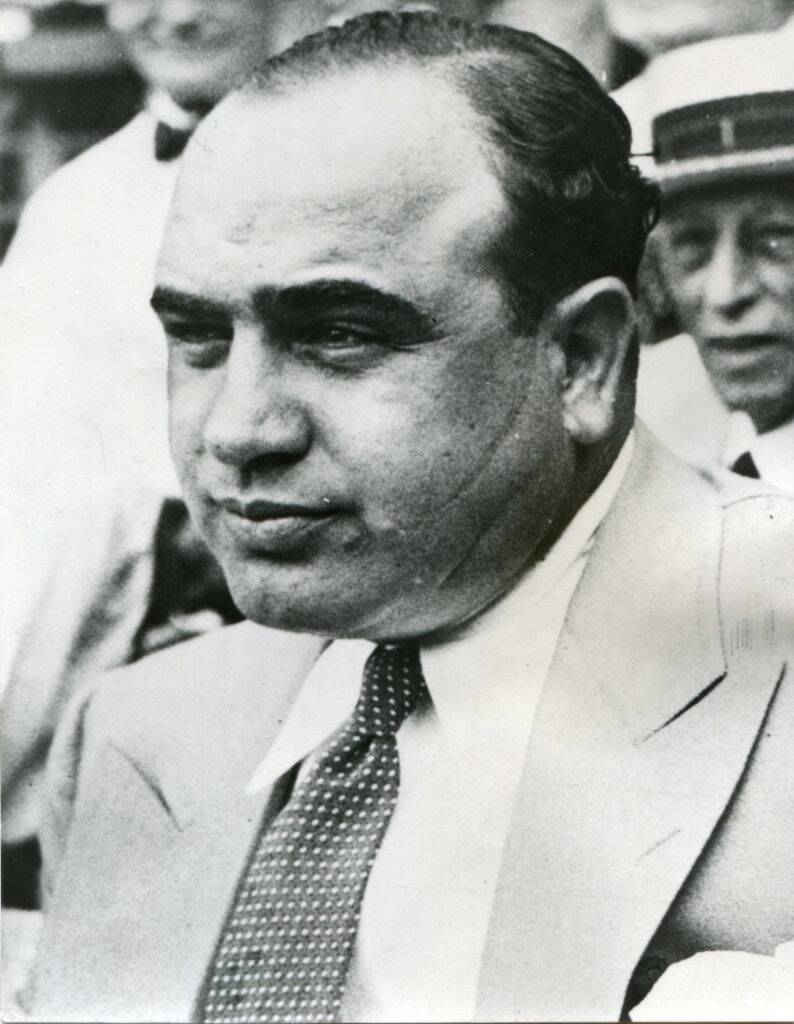
Al Capone dropped out of school in the sixth grade and found his place within the Five Points Gang.
This pivotal decision set him on a path away from education and towards a life of organized crime, where he would eventually rise to prominence as a notorious figure.
Capone Had A Powerful Mentor
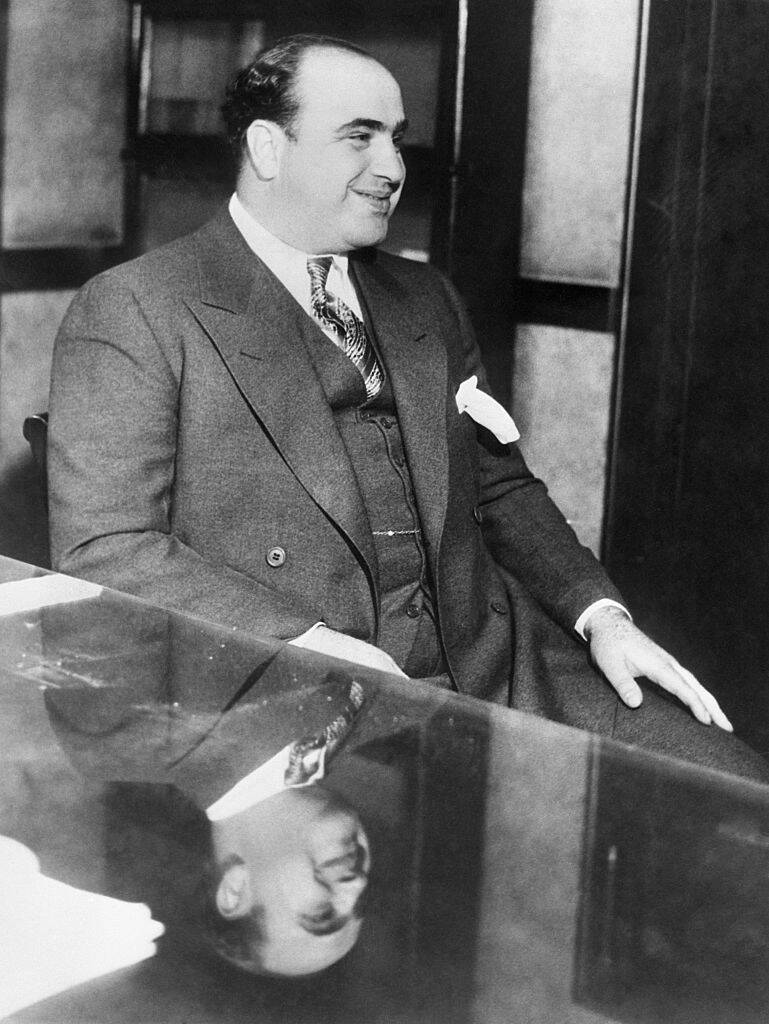
Johnny Torrio, a prominent mobster, recognized Capone’s potential and became his mentor.
Under Torrio’s guidance, Capone learned the intricacies of organized crime, developing his skills in bootlegging, betting, and establishing his own criminal empire in the Prohibition era.
Now, Capone Was Ready To Go Legit
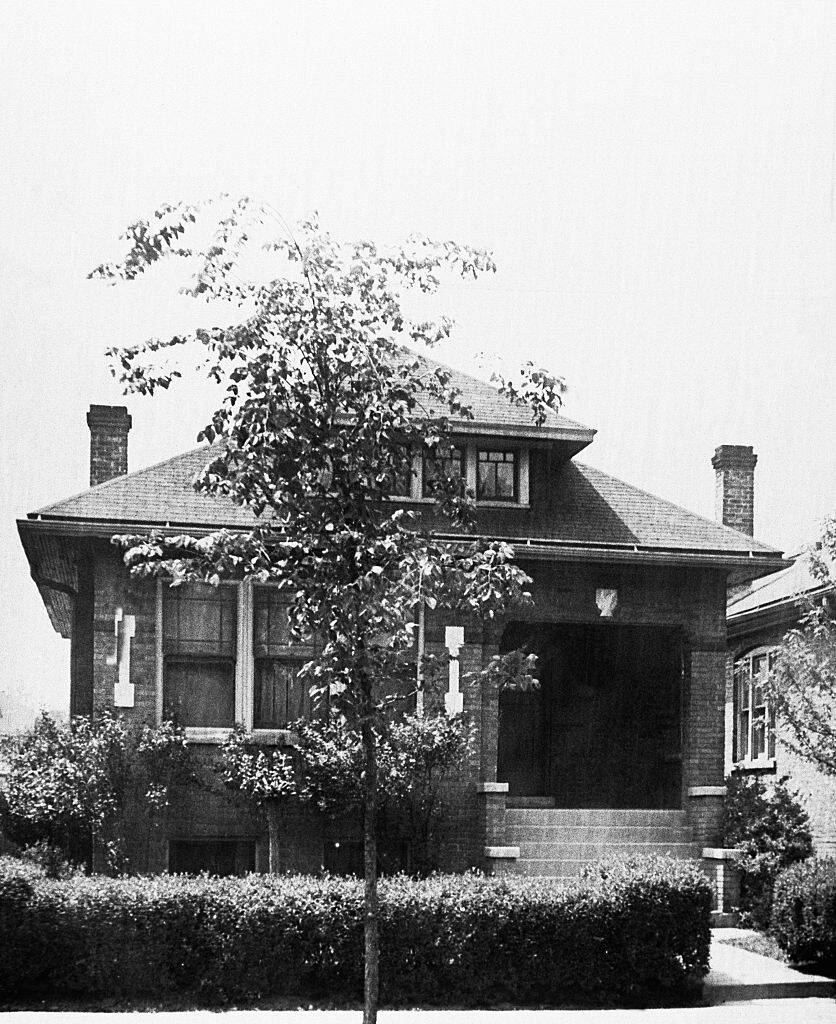
Capone, longing for normalcy, sought a regular life. He married Mae in 1918, and together they joyfully welcomed their son, Albert Francis “Sonny” Capone, into the world.
Their hope was to find solace and happiness in the embrace of family.
St. Valentine’s Day
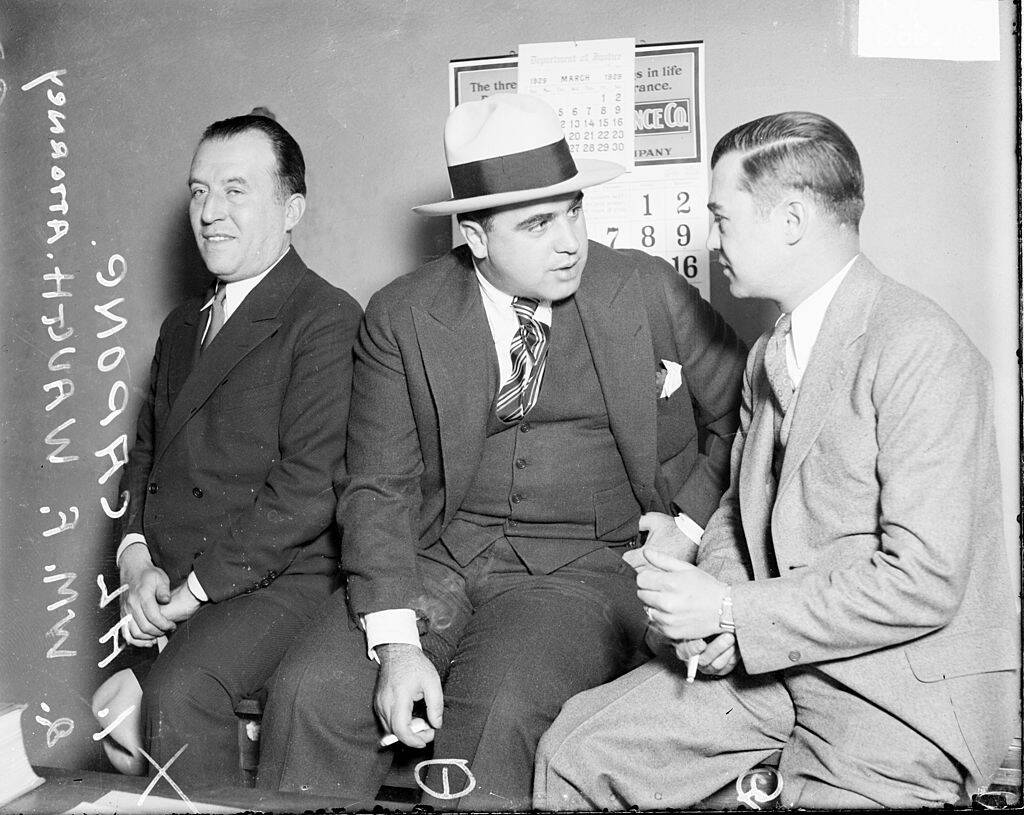
On February 14, 1929, what is known as “The St. Valentine’s Day Massacre” involved the brutal murder of seven members of a rival gang.
While never convicted, Capone was widely believed to be behind the massacre as part of his ongoing turf wars and control over Chicago’s illegal activities.
Tax Evasion Led To Capone’s First Capture And Jail Time
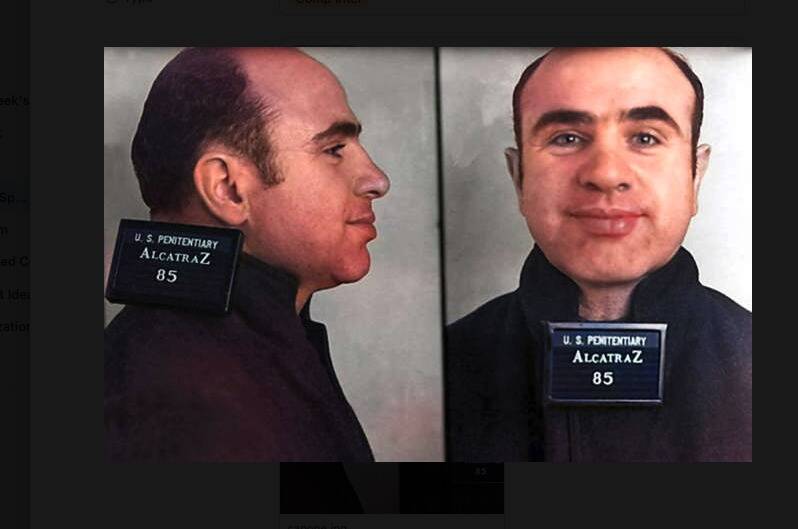
Al Capone, notorious for his reign of criminal activities during the Prohibition era, committed numerous violations, including an estimated 5,000 infractions of the Volstead Act, which prohibited the production and sale of alcoholic beverages.
Ironically, it was his conviction for tax evasion that led to his first capture and imprisonment.
Cell Walls Were Stuffed With Cash For Bribing Guards
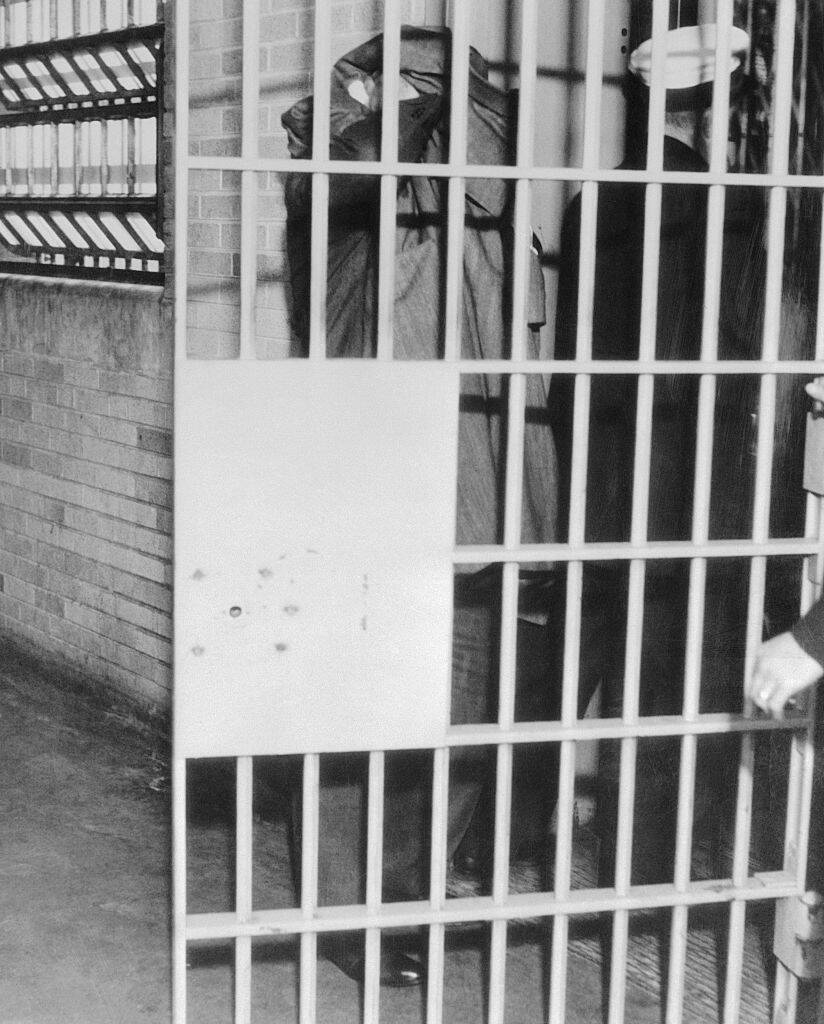
During his initial incarceration in an Atlanta prison, Capone resorted to a cunning strategy.
He covertly concealed stacks of cash within the walls of his cell, intending to use the money as leverage for bribing the guards and securing privileges.
Capone Was King In Atlanta And Philadelphia Prisons
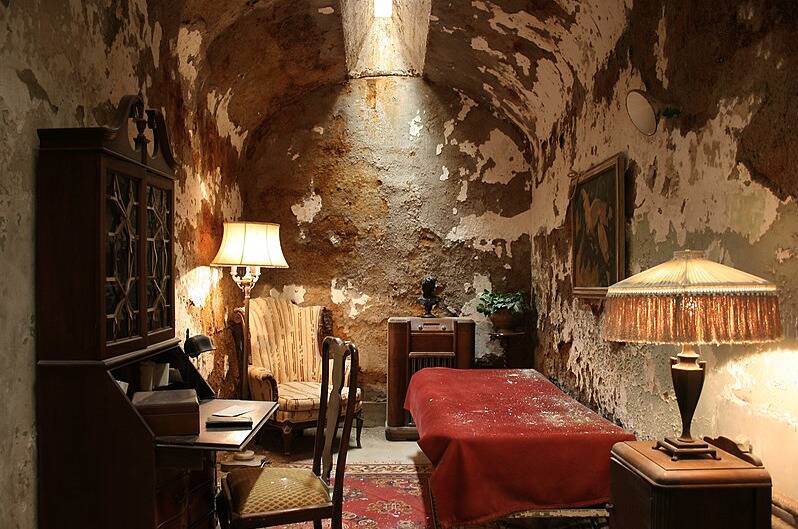
Capone’s prison experience in both Atlanta and Philadelphia was surprisingly comfortable.
His cell was lavishly furnished, and guards would join him to listen to the radio often. He even had his own personal bedding.
Alcatraz Welcomed Capone In August Of 1934
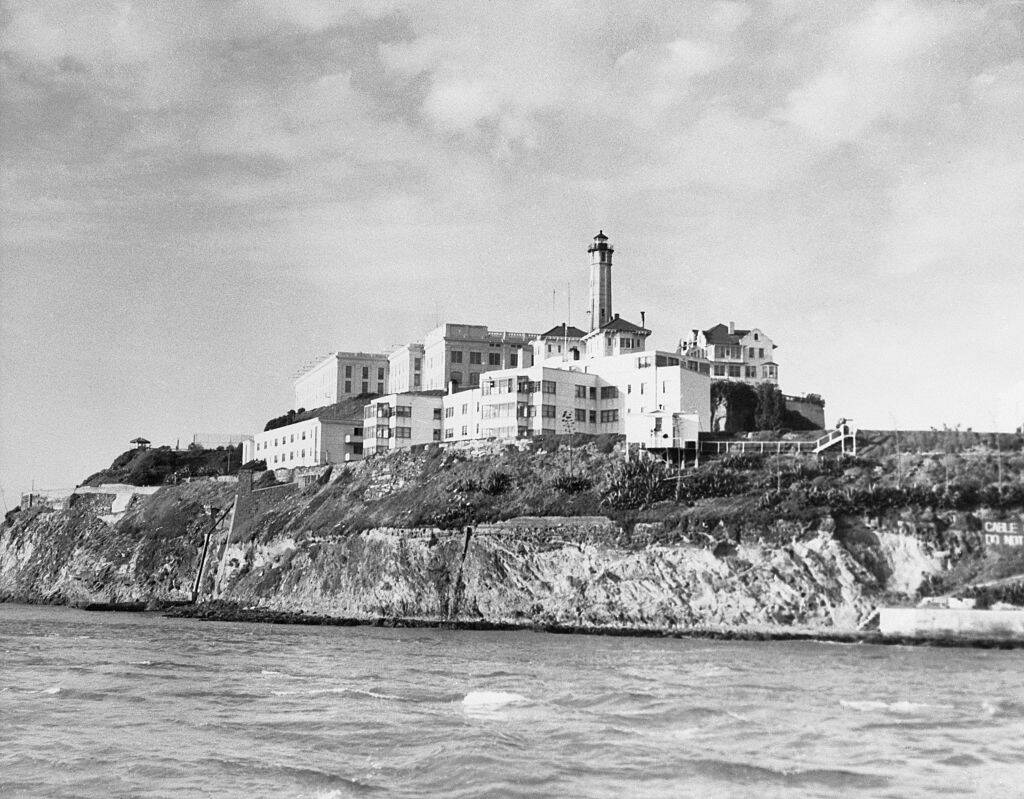
Due to mounting concern over Al Capone’s extravagant prison lifestyle, he was transferred to Alcatraz.
The primary responsibility for his transfer lay with Attorney General Homer S. Cummings; it occurred on August 11, 1934.
“Alcatraz has got me licked.”
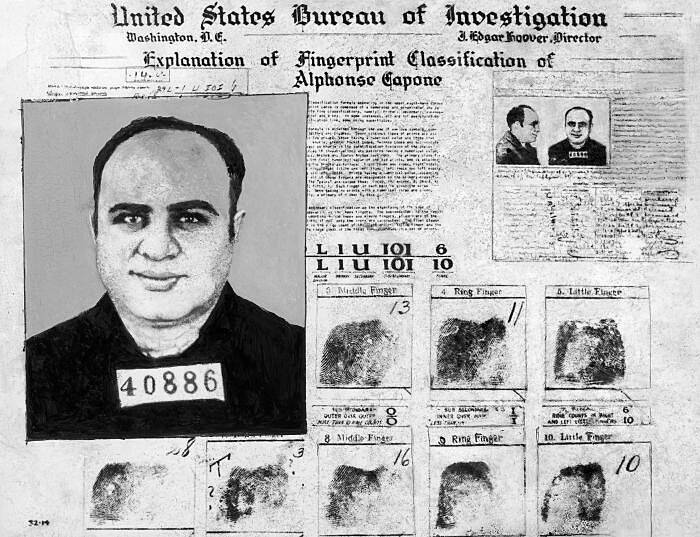
Alcatraz Warden James Johnston met with Capone, treating him like any other inmate. Despite Capone’s attempts to con Johnston, he was denied each time.
Capone’s quote, “It looks like Alcatraz has got me licked,” reflected his realization of his inability to manipulate the warden.
A Target Was On Capone’s Back In Alcatraz
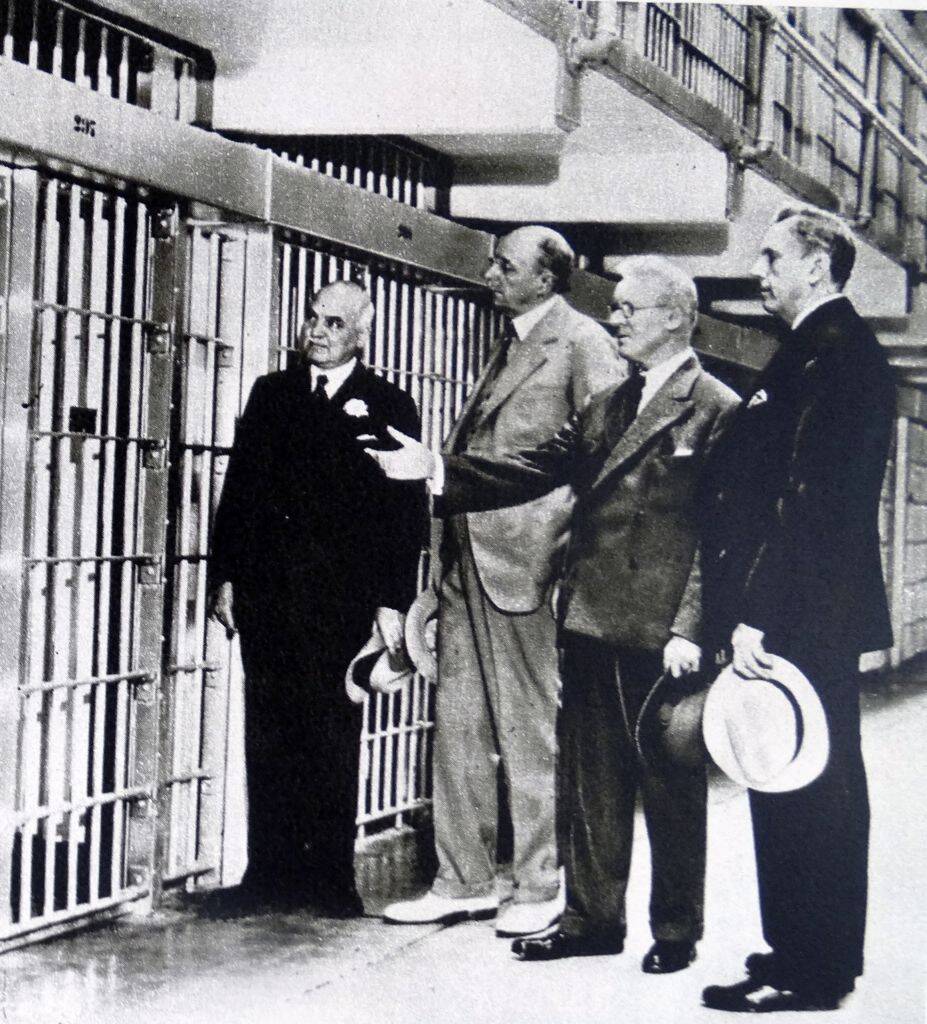
Capone became a target at Alcatraz, enduring a harrowing attack by a fellow inmate armed with scissors while awaiting a haircut.
The assault left him injured, necessitating his confinement in the prison hospital for treatment and recovery.
Capone Repaired Shoes In Alcatraz
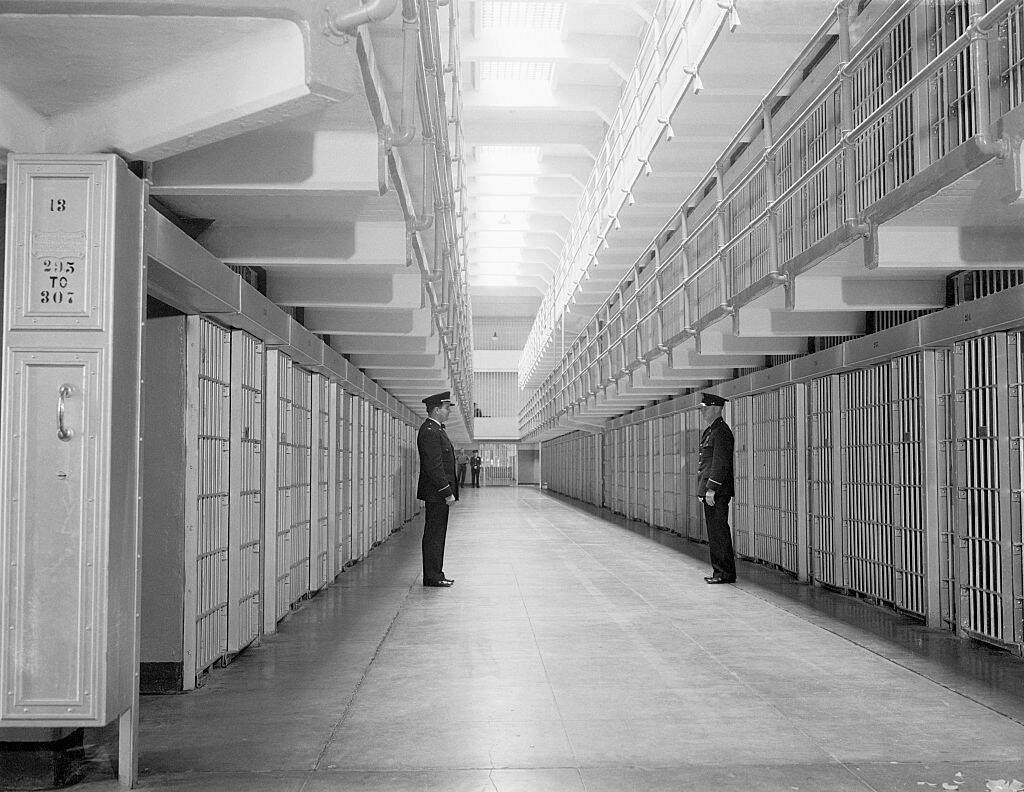
Capone found himself working in Alcatraz, tasked with the job of stitching and repairing shoes.
This occupation kept him occupied and provided a sense of purpose while serving his sentence within the confines of the prison walls.
Al Capone And The Rock Islanders
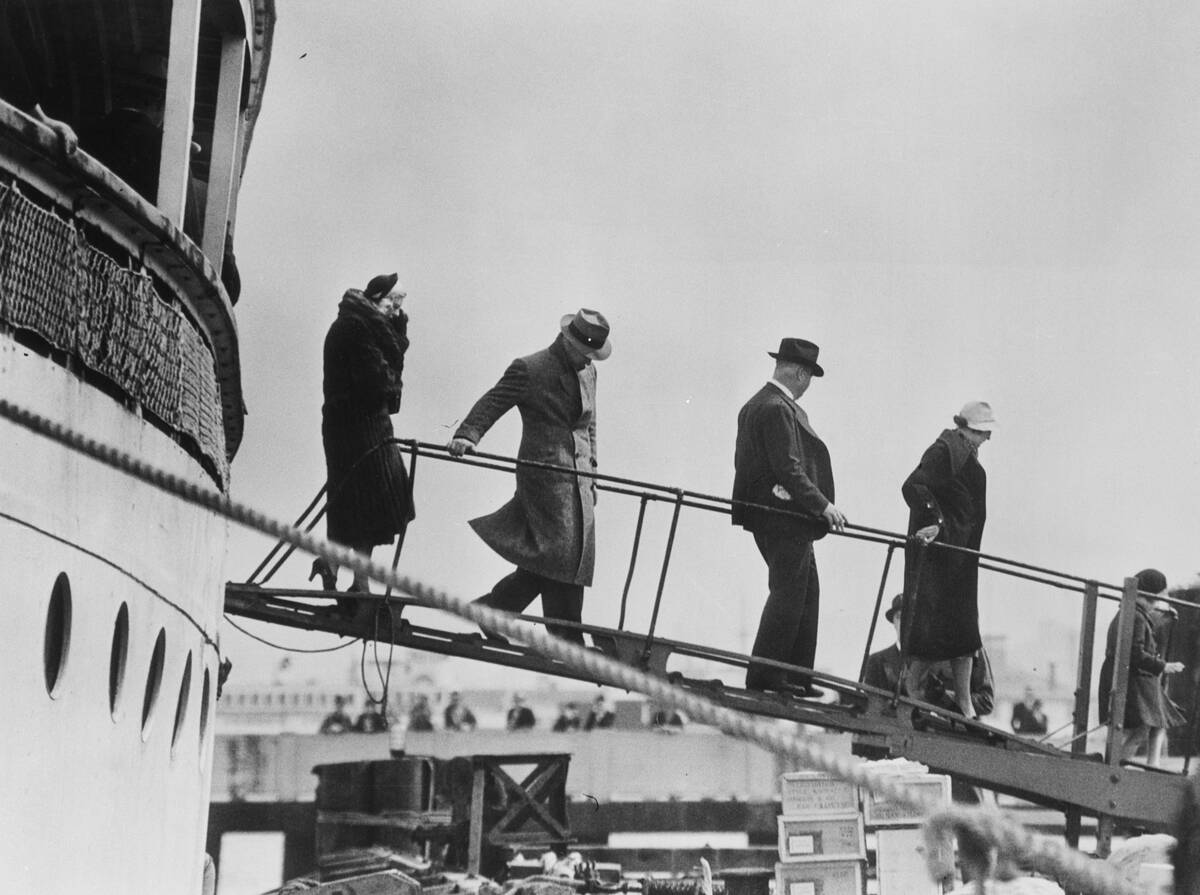
Al Capone’s good behavior behind bars led to him being granted permission by Warden Johnston to play the banjo and join “The Rock Islanders” band.
They performed regularly for inmates on Sundays, providing a unique musical escape.
Johnston Ran A Fair But Tight Ship In Alcatraz
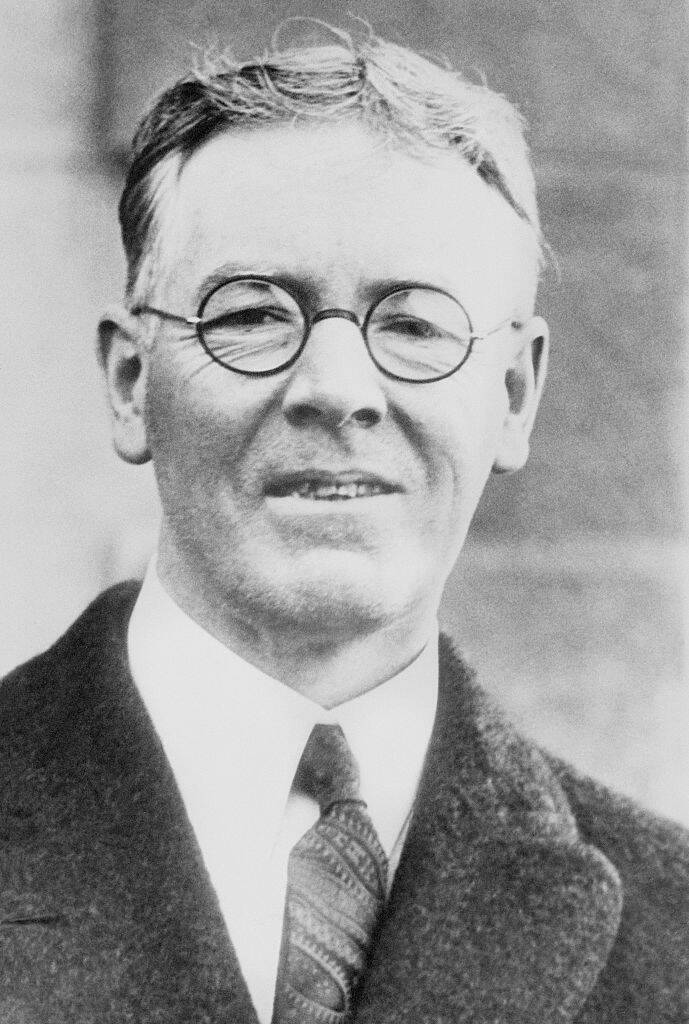
Warden Johnston firmly believed in treating Alcatraz inmates fairly, giving them hope, and discouraging riots.
Providing three meals a day exemplified his commitment to humane treatment and rehabilitation. Each prisoner had their safety and to keep staff safe.
Books And Movies Were Rewards For Good Behavior
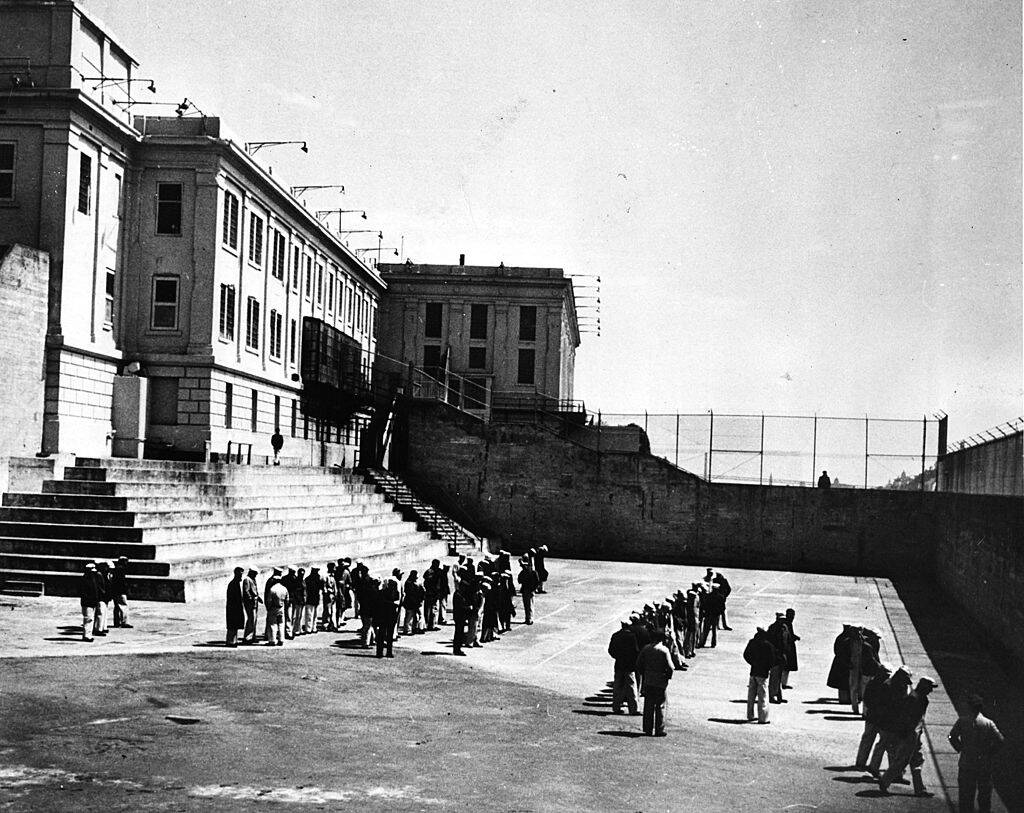
Under Johnston’s watch as the Alcatraz Warden, Capone and other inmates were allowed to watch monthly movie screenings.
Additionally, as a reward for good behavior, they had access to a library with an impressive selection of over 15,000 books, providing a means of intellectual stimulation and escape.
Capone Served Four And A Half Years At Alcatraz
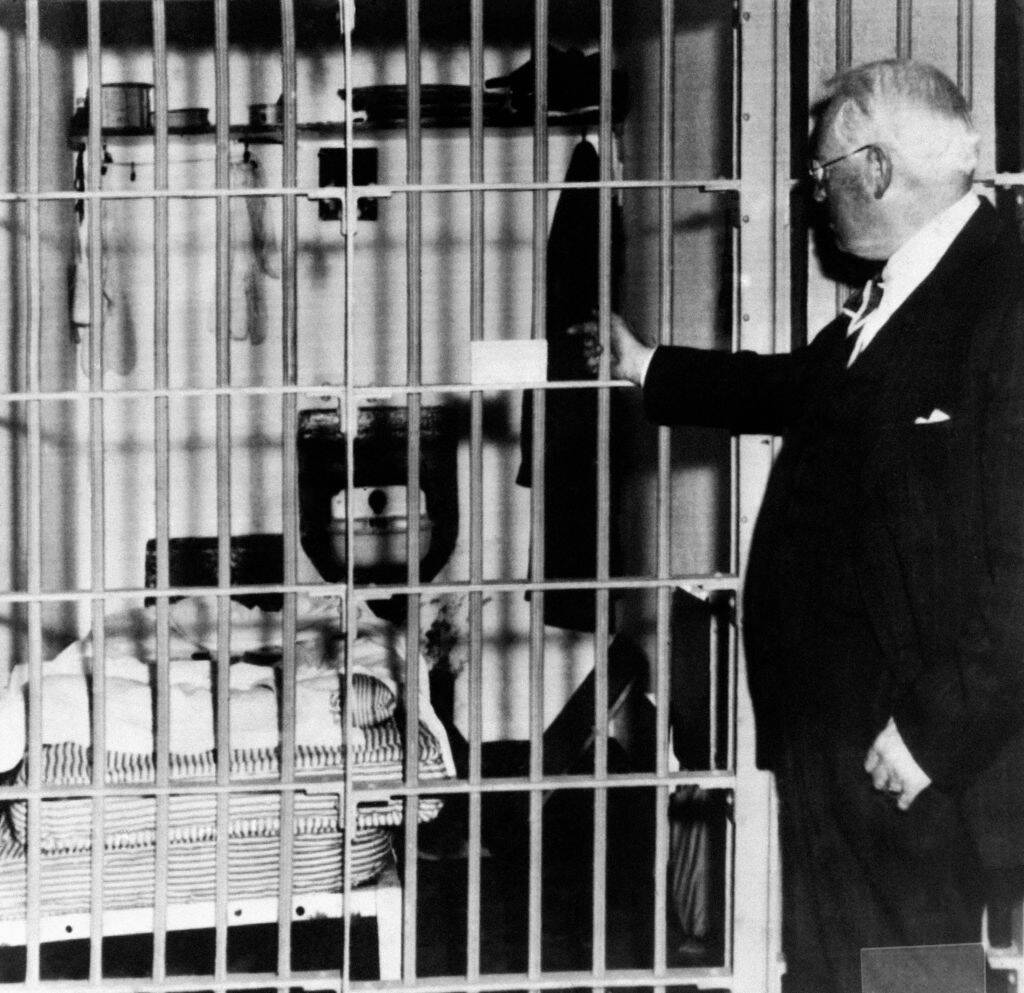
Capone served all eleven years he was sentenced to. Four and a half of them were inside Alcatraz before contracting a disease there.
He was transferred to a California facility for brain illness treatment, where he spent the remaining time of his sentence.
Confusion And Disorientation Resulted In Capone’s Release
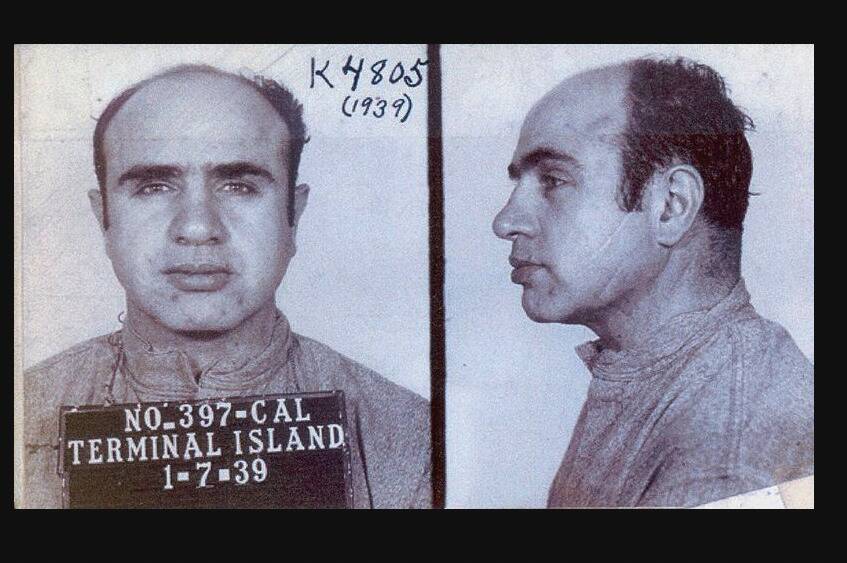
Capone’s diminished mental faculties during his final year in prison plunged him into a state of confusion and disorientation. He was moved to Terminal Island.
However, his wife Mae’s appeal, citing his deteriorating mental capabilities, led to his parole on November 16, 1939.
“Nobody’s on the legit”
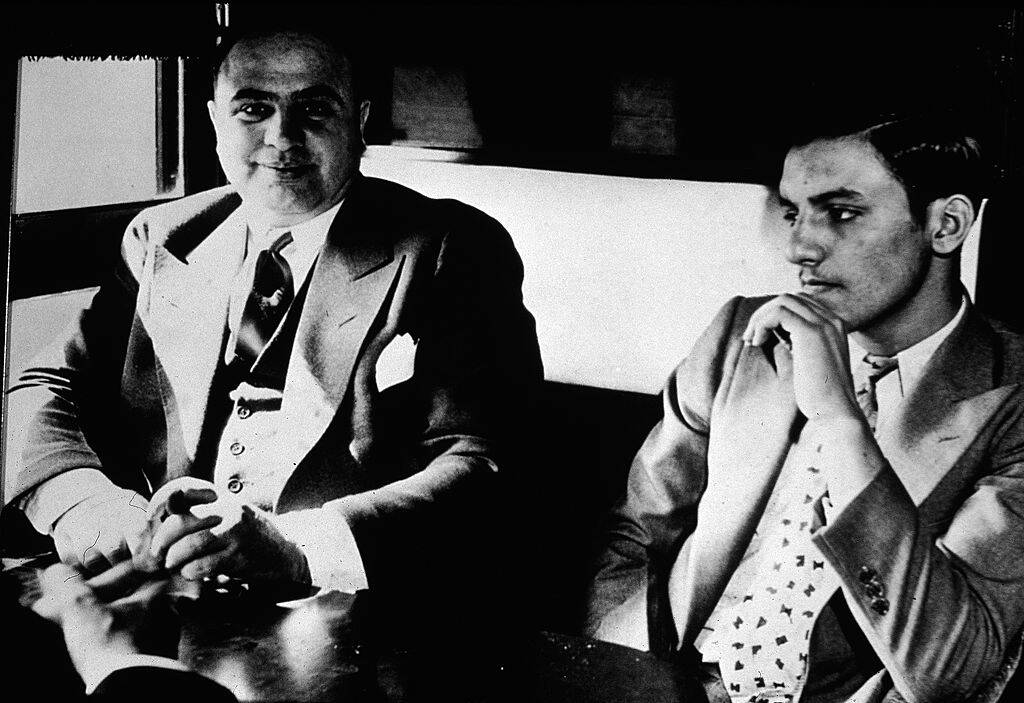
Capone was smug and carefree about deserving punishment. He even went as far as denying doing anything wrong or what others would have done in a crisis.
He told a reporter for the Chicago Tribune, “They talk about me not being on the legitimate. Why Lady? Nobody’s on the legit.”
Both Capone’s Rise And Fall Were Meteoric
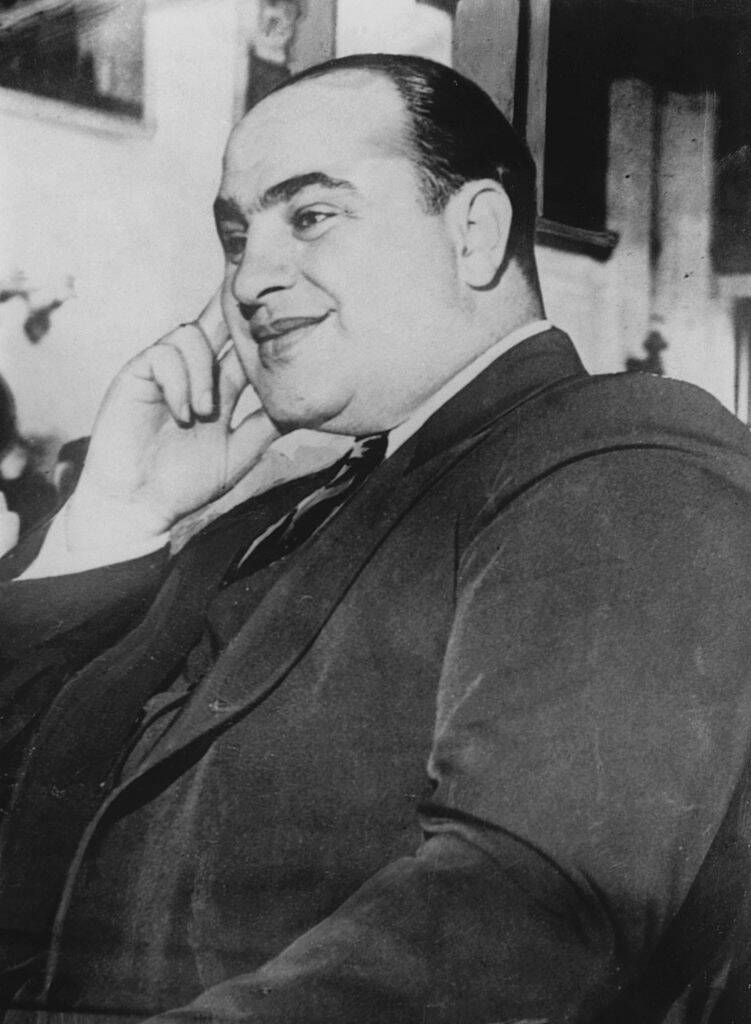
Bootlegging and other illegal activities put an estimated $100,000 into his bank account during his rise to infamy.
Capone’s rapid physical and mental decline during his time in Alcatraz left him as less than a shell of himself.
Was He Al Capone Or Robin Hood?
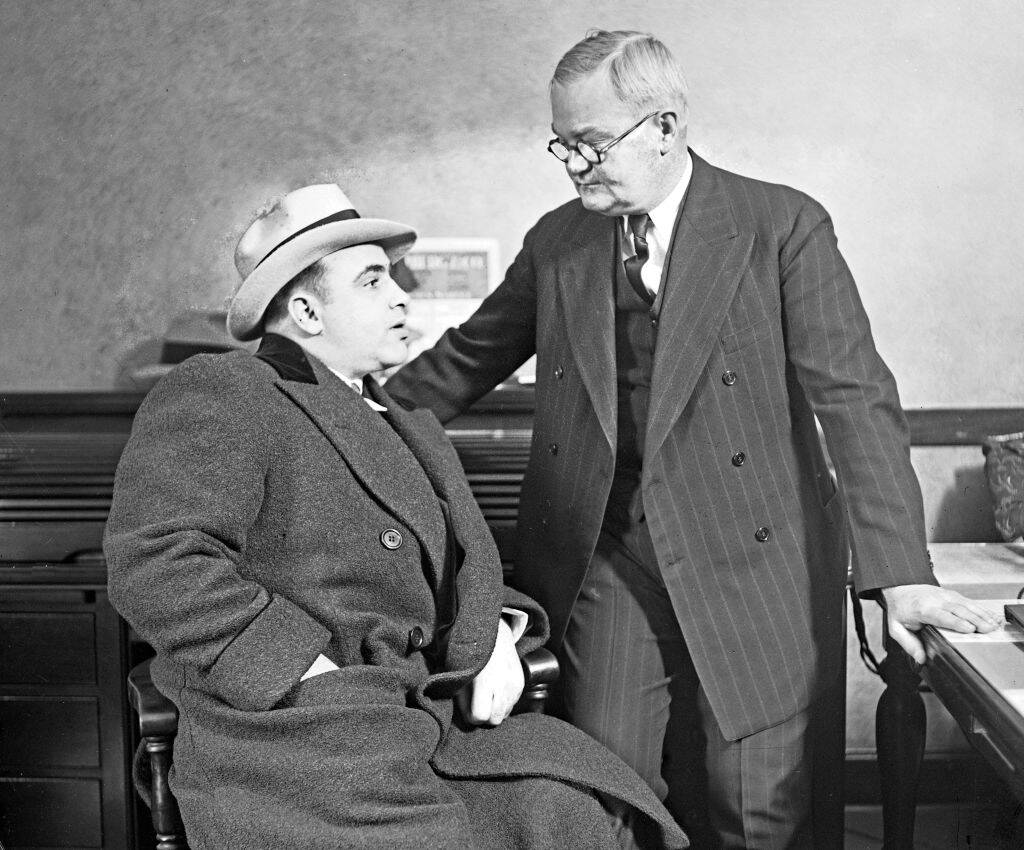
Capone raked in an estimated $100 million annually, according to newspaper reports at that time.
Even as details of his violent and illegal activity were made public, the press and others treated Capone as Robin Hood. This was because of his generosity in the communities, even if the money came from seedy actions.
Prohibition’s End Justified Capone’s Actions
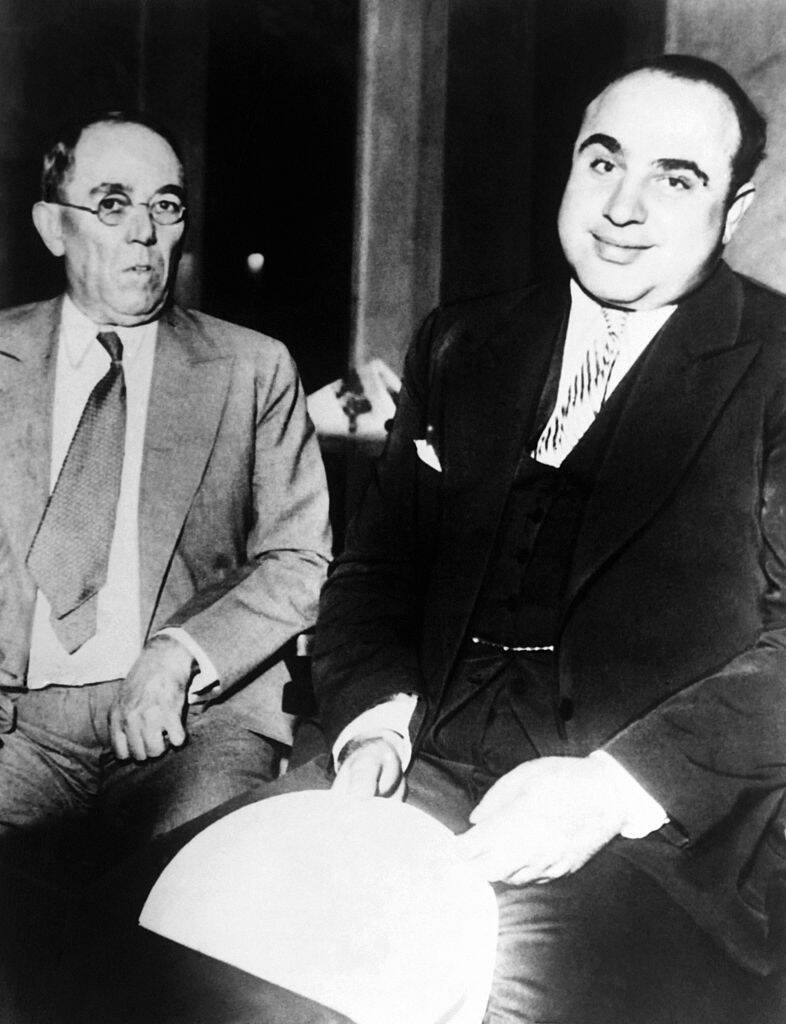
The media and the public had a love-hate relationship with Capone and his legacy. While most of them denounced his illegal activities, his defiance of Prohibition laws was cheered.
Public perception was that arresting him for this was pointless when they were repealing the law anyway.
When Alphonse Capone Became “Scarface”
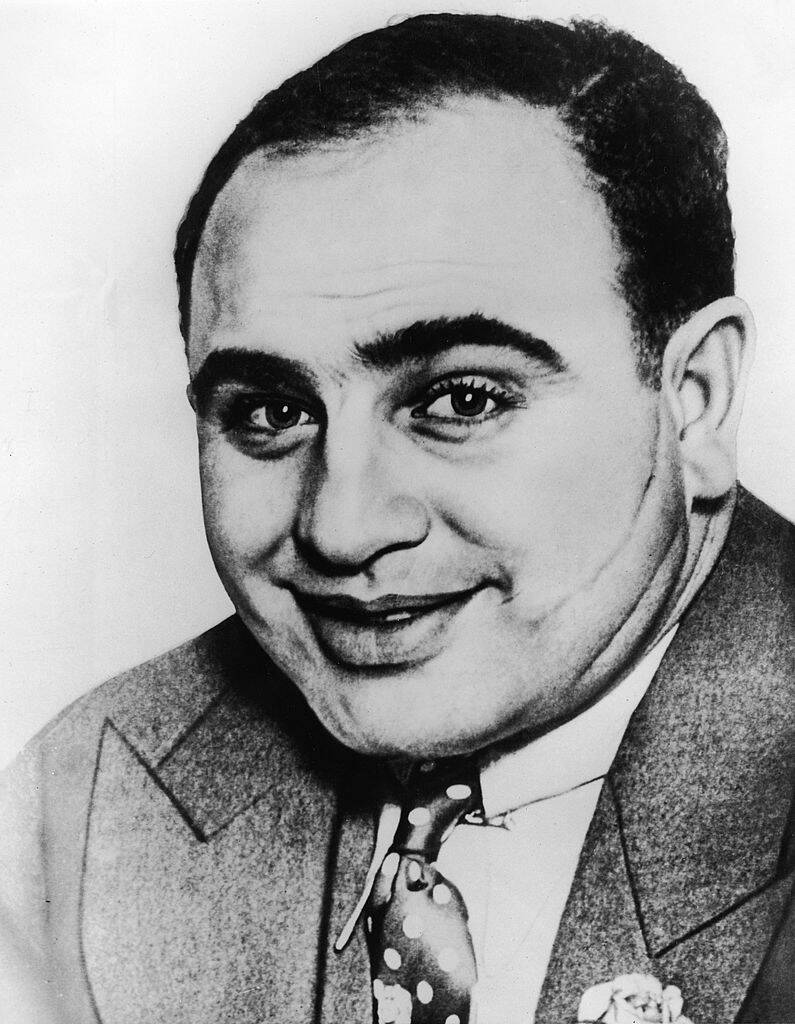
During a fight with another young hoodlum named Frank Galluccio, Capone was slashed in his face with a knife. Al Capone acquired the moniker “Scarface” due to a prominent facial scar resulting from a barroom altercation.
The scar, which ran from his left cheek to his ear, became a distinctive feature of his notorious persona.
Scarface Inspired Books And Movies
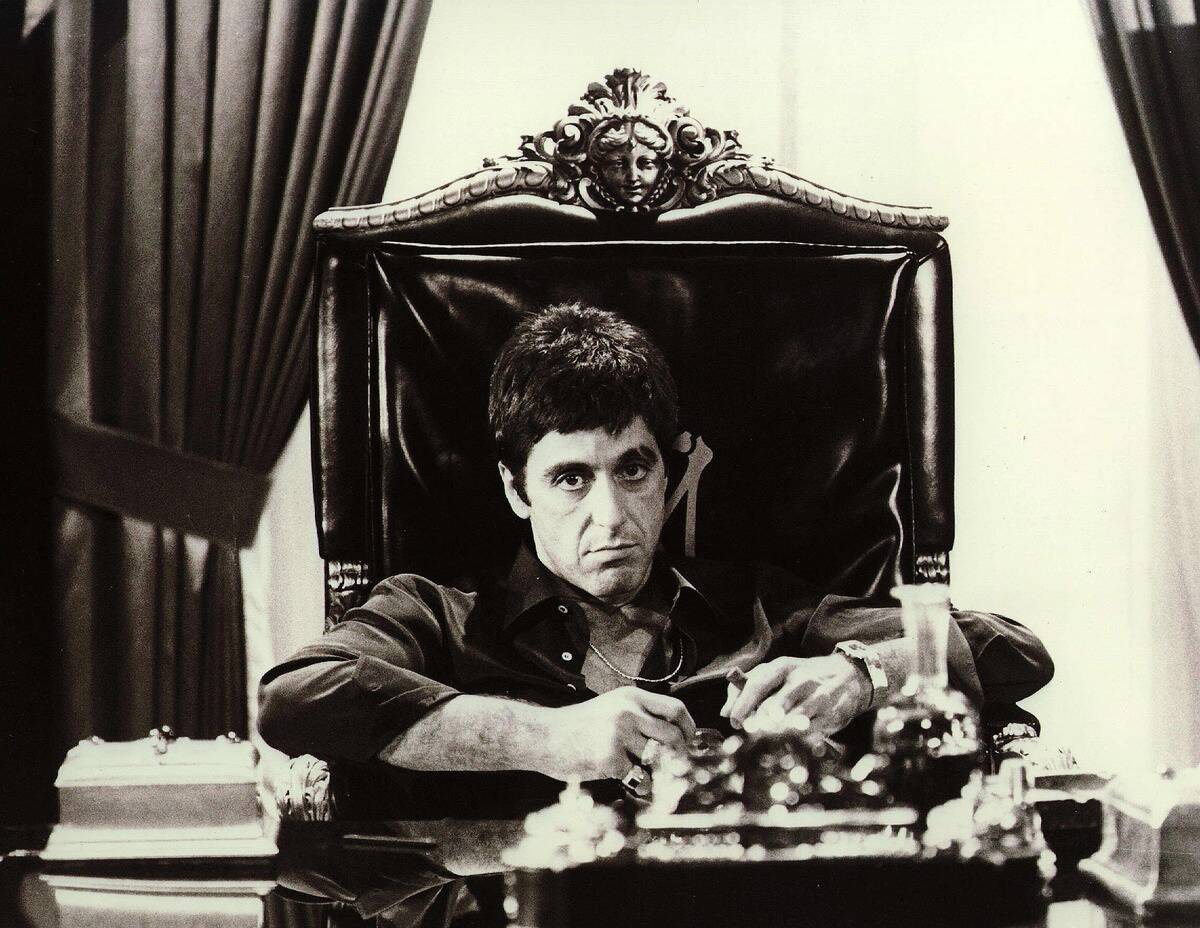
Al Capone’s notorious life, marked by violence and crime, has inspired numerous books and movies.
Actor Al Pacino’s iconic portrayal of him in the movie Scarface cemented Capone’s image in popular culture, despite his illegal exploits.
Capone Has An Exhibit In The Mob Museum
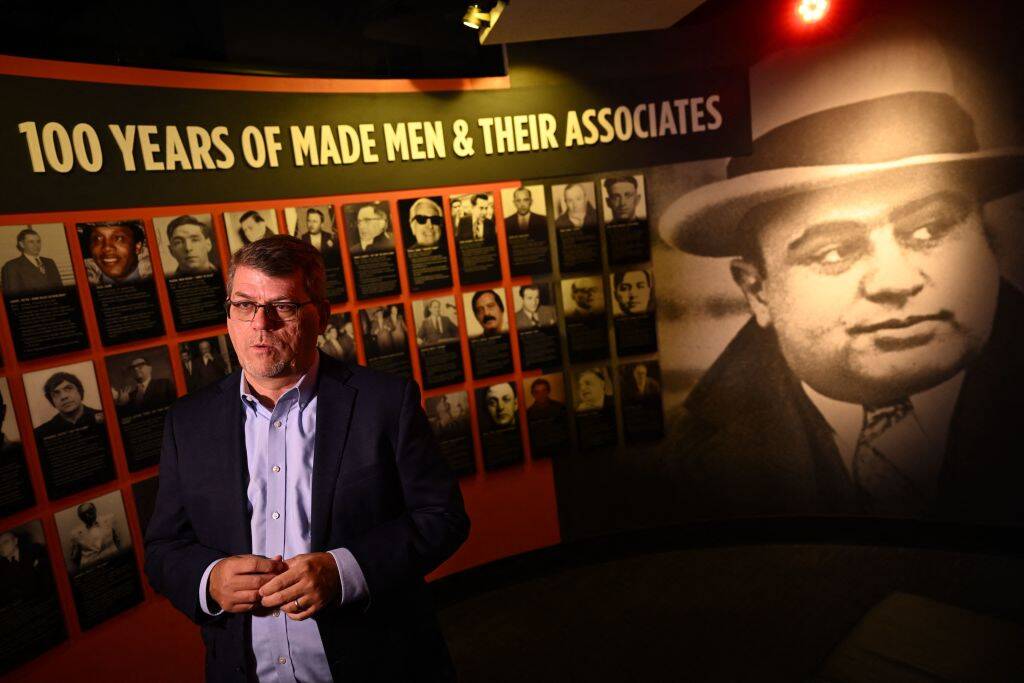
Al Capone’s captivating story is showcased in the Mob Museum in Las Vegas, Nevada.
His elevated status as a mobster, often compared to that of a politician, earned him a prominent place in the exhibits, preserving his notorious legacy.
A Man Of The People
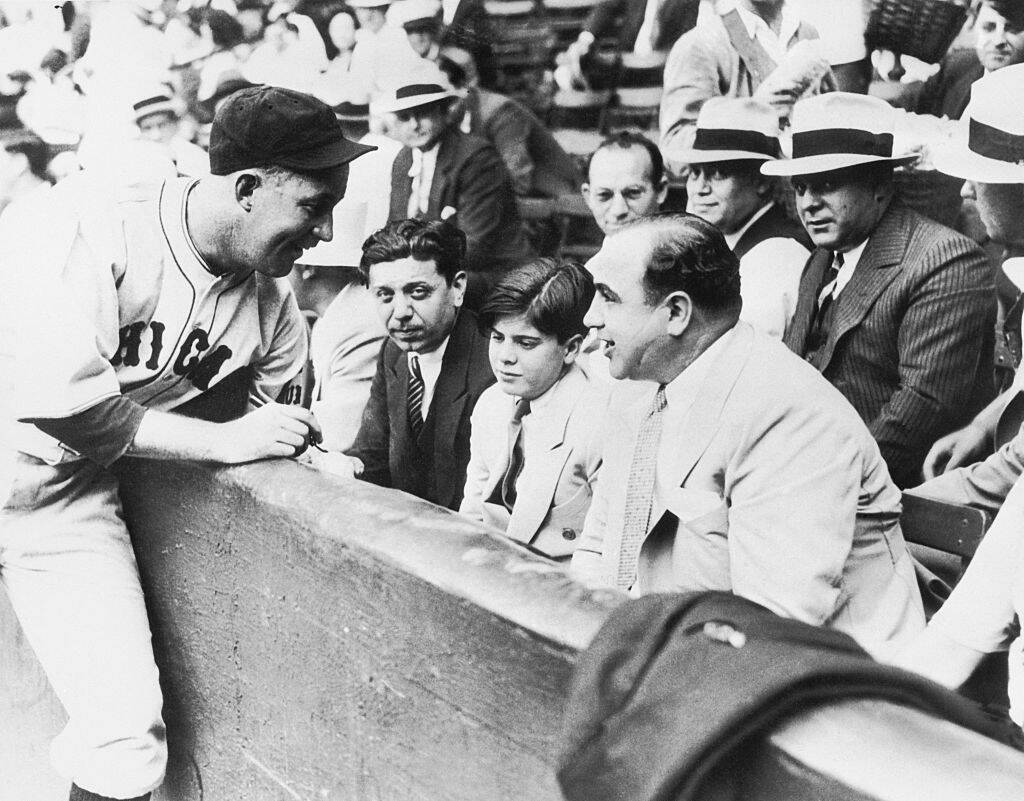
The infamous gangster embraced his image as an iconic celebrity.
Despite his criminal activities, Capone reveled in public appearances at baseball games and other events, basking in the adulation of the crowd that cheered for him.
Capone Wanted To Become A Bookkeeper
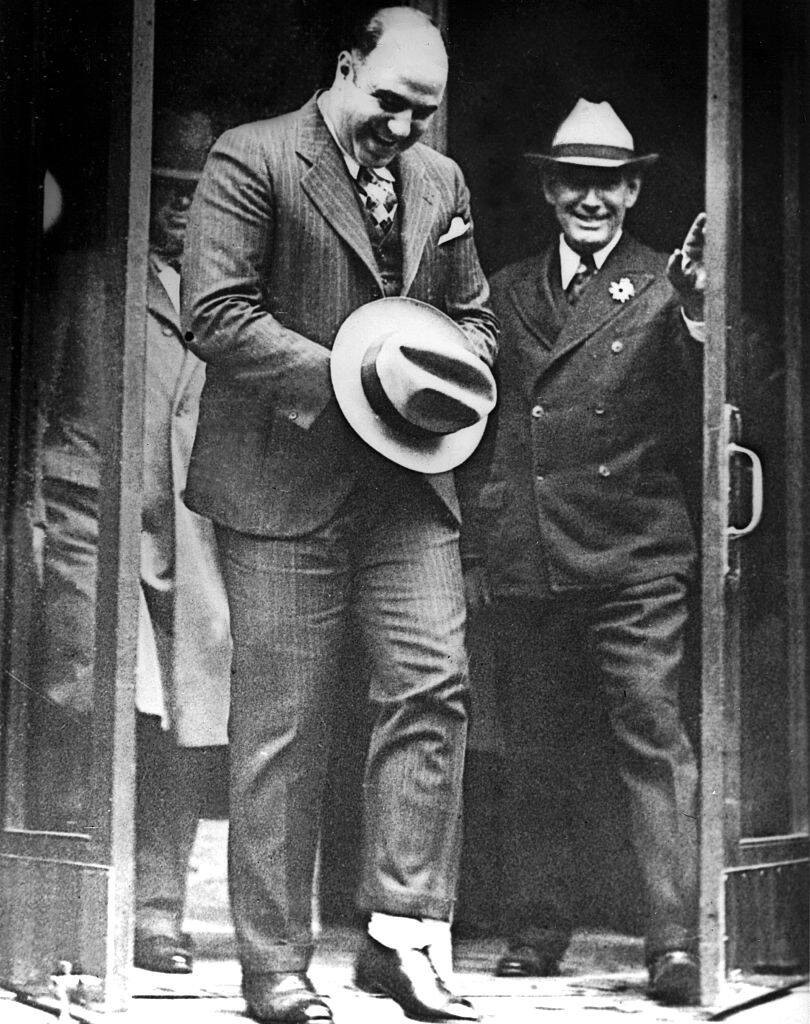
Capone envisioned a different path, dreaming of becoming a bookkeeper and relocating to Baltimore.
In this alternate life, he yearned for a quieter existence, far removed from the shadows of his notorious past.
Al Capone’s Legacy
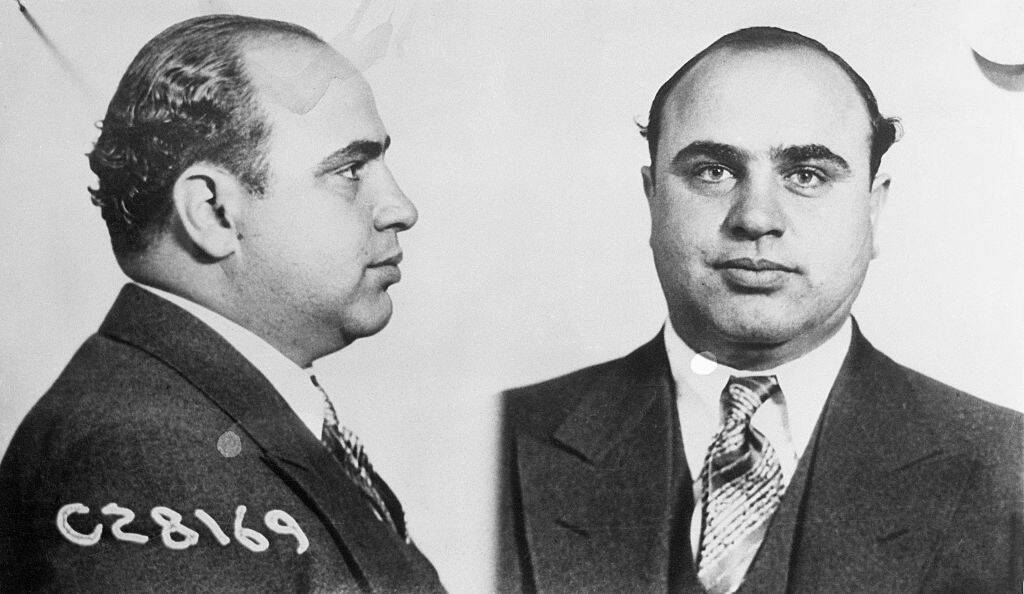
After Al Capone’s death on January 25, 1947, his legacy and reputation as a notorious gangster endured.
Despite his criminal activities, he was regarded by some as a legendary figure who symbolized the era of Prohibition and organized crime in America.
At Age 48, Capone Had The Mentality Of A 12-Year-Old
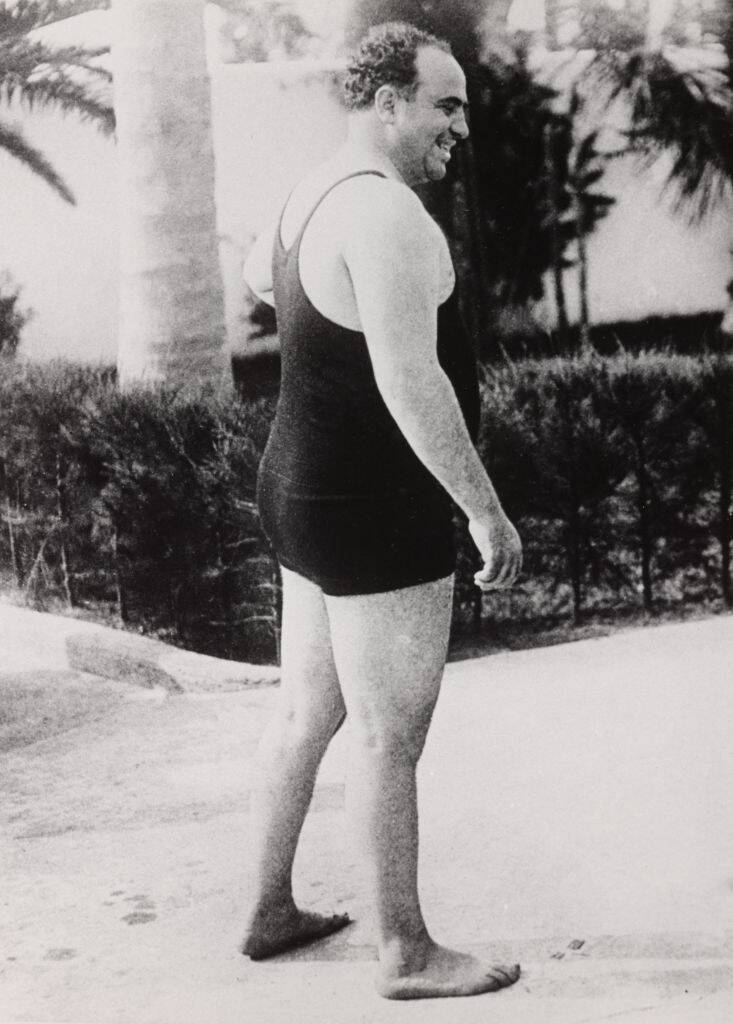
In the twilight of his life, Capone’s mental capacity dwindled, leaving him with the cognitive abilities of a 12-year-old.
When he passed away at 48, his once-revered reputation was wiped clean, overshadowed by his diminished state.
Al Capone’s Name Still Rings Bells
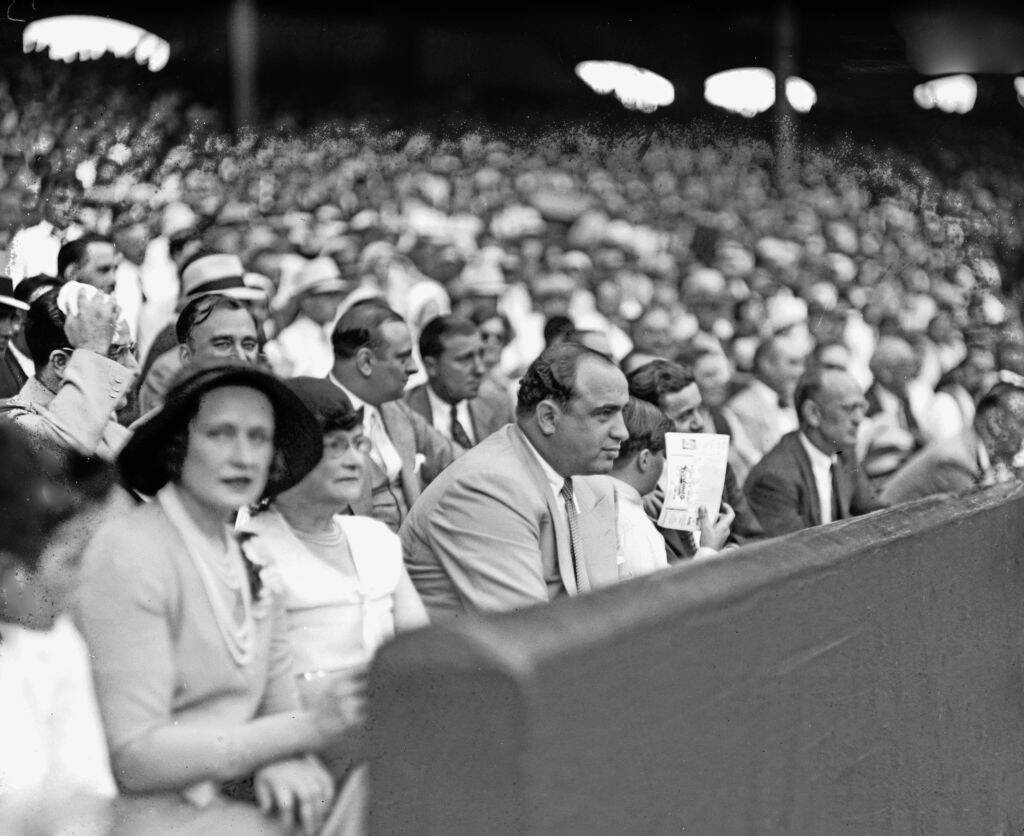
His name became synonymous with power, wealth, and the ruthlessness associated with the criminal underworld.
Capone’s legacy stands as a reminder of the dark side of American history, leaving an indelible mark on the public consciousness even decades after his demise.
The End Of A Near Decade-Long Reign Of Terror
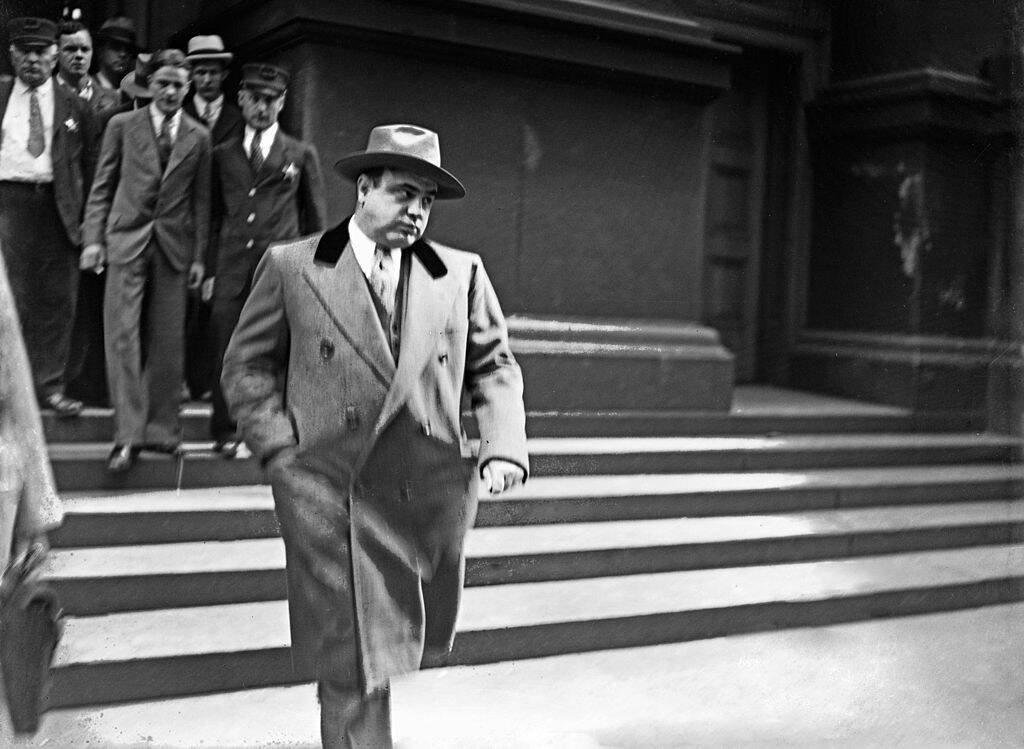
Al Capone, the infamous mobster, rose to legendary status through his cunning and ruthlessness. At the age of 33, he faced his first term for carrying a concealed weapon.
It was clear this setback did not deter him, as he went on to become the most powerful crime boss of his time, reigning for almost a decade.




